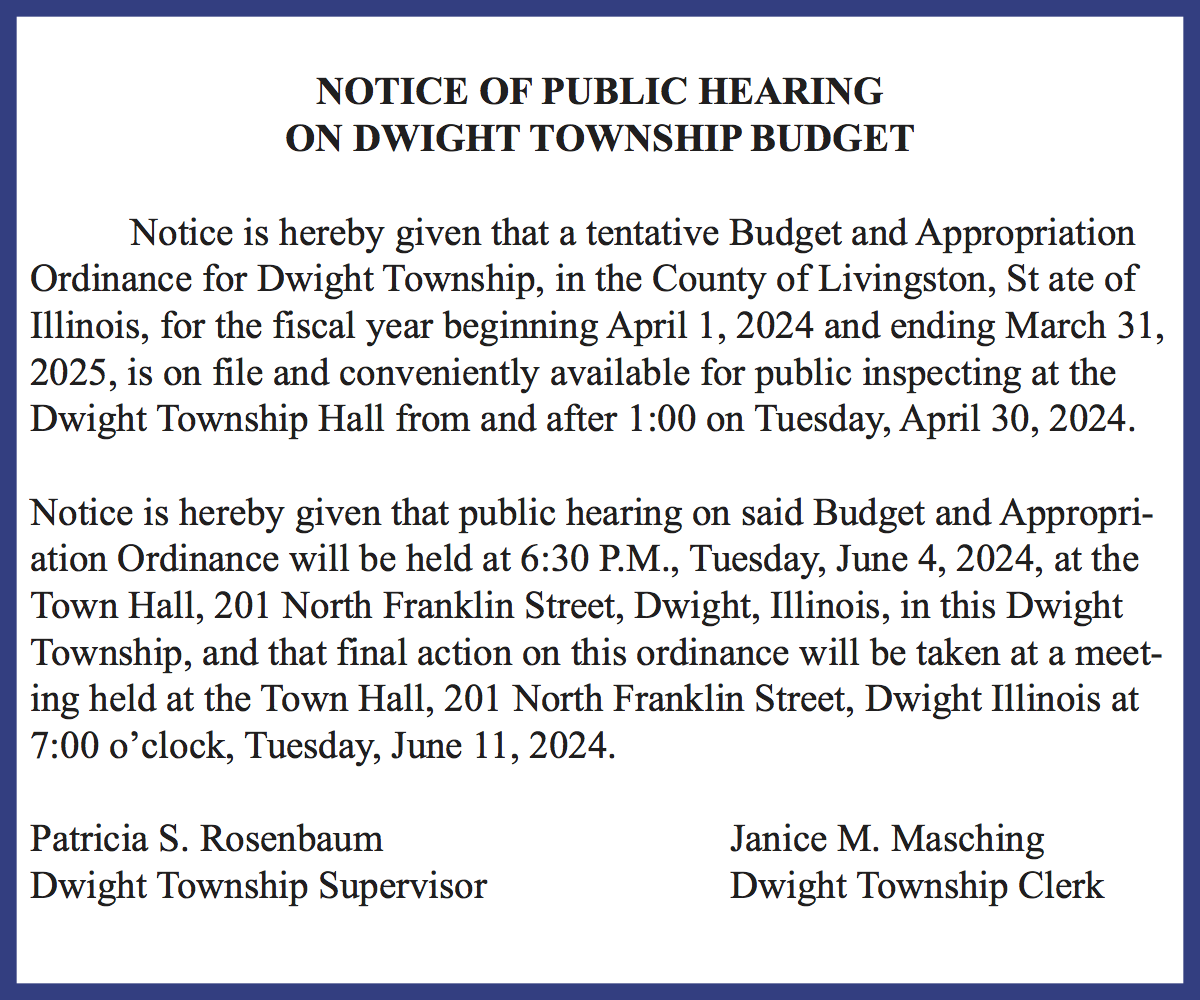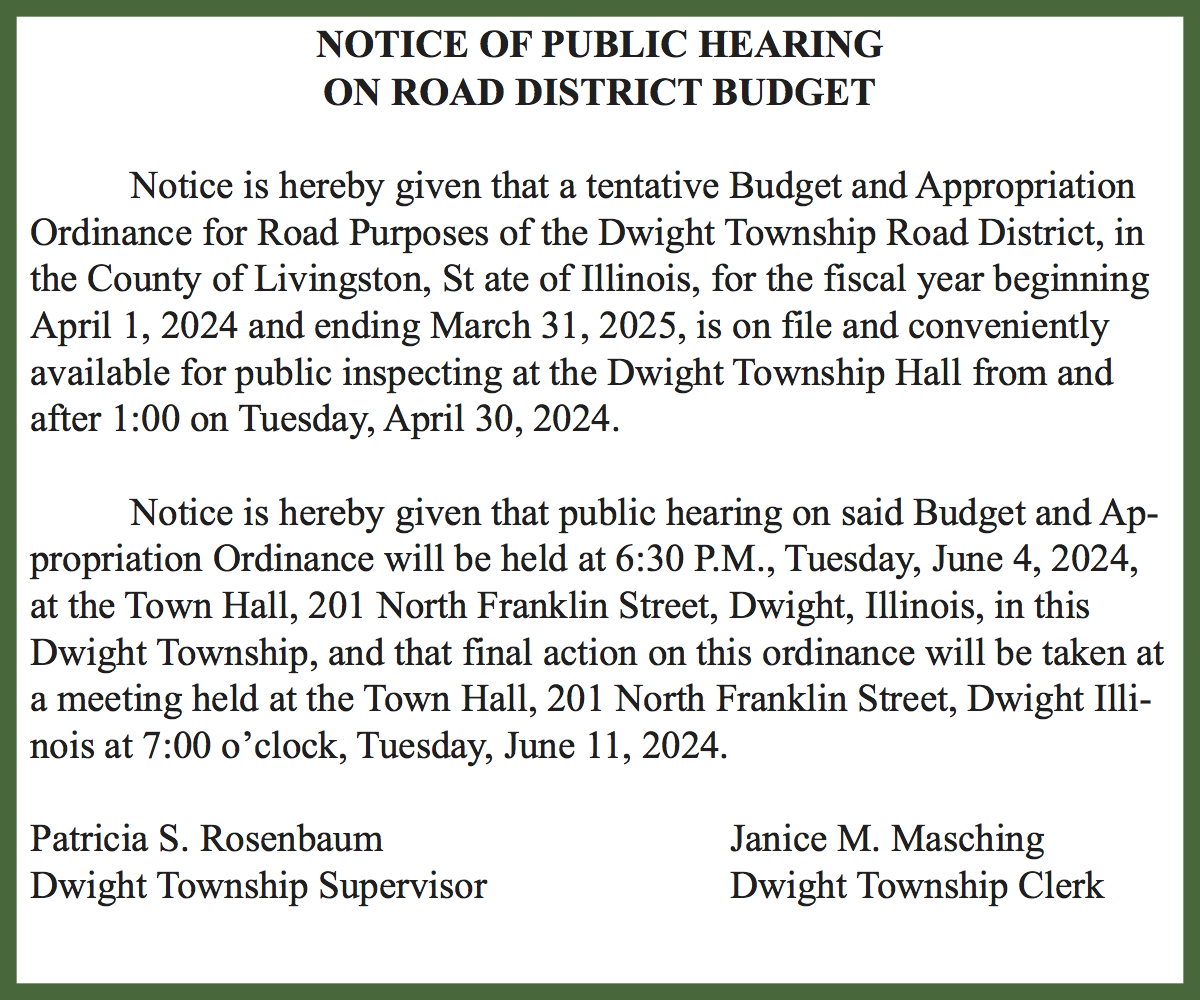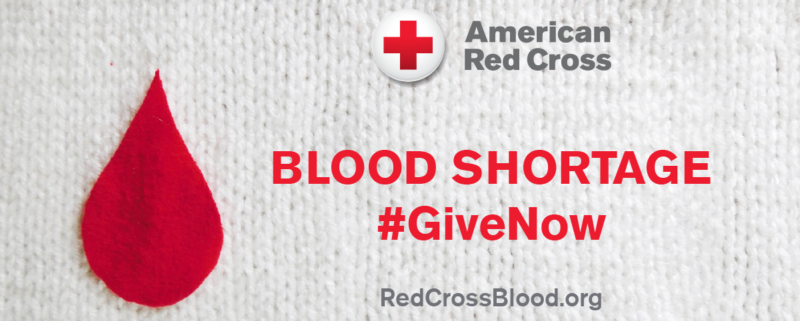Food, nutrition benefits safety net for 1.7M Illinoisans
By KAY SHIPMAN
FarmWeek

More than 1.7 million low-income Illinoisans depend on the Supplemental Nutrition Assistance Program (SNAP), based on the most recent data from the USDA Food and Nutrition Service (FNS). As of March 1, the federal government reduced those benefits to pre-pandemic levels.
In Illinois, SNAP participants saw their benefits reduced anywhere from $95 to $250 per person per month, according to the Illinois Department of Human Services (IDHS). IDHS stated the reduction impacted 2 million people and 1 million families.
USDA data covers fiscal year 2020 from September 2019 through February 2020. That fiscal year, 1.71 million people in 877,028 families received SNAP benefits across Illinois. The per-person benefit averaged $116 per month in the state.
Nationwide, more than 41 million Americans receive food-buying benefits through SNAP. The program provided on average about $260 per month to individuals and $490 per month to families, according to USDA FNS data.
Nearly half of the Illinois SNAP participants — 747,958 — are younger than 18 years old. Another 238,006 are elderly, while 145,491 SNAP recipients were disabled and younger than 60.
Of SNAP participating families in Illinois, 79% had income levels at or below poverty. A total of 33% of Illinois SNAP families received incomes from wages or work.
Since April 2020, all Illinois SNAP families received both the regular monthly benefit and the emergency SNAP allotment that ended March 1.
Each SNAP family’s benefits are determined by factors including household size, income and deductions. The benefit decreases varied, depending on each household’s size and financial circumstances.
“We understand and recognize that many Illinois residents have counted on these additional emergency food benefits,” IDHS Secretary Grace Hou said in a statement. Hou said her agency was working with food pantries to help them meet clients’ needs as they adjust to reduced benefits because of federal policy change.
On average, 9.4% of Illinois families lacked access to sufficient food between 2019 and 2021.
Reductions in SNAP benefits will also make an economic impact.
Each month in Illinois, an average of $199 million in SNAP benefits were issued in fiscal year 2020. About 9,257 retailers across the state accept SNAP benefits.
This story was distributed through a cooperative project between Illinois Farm Bureau and the Illinois Press Association. For more food and farming news, visit FarmWeekNow.com.
































